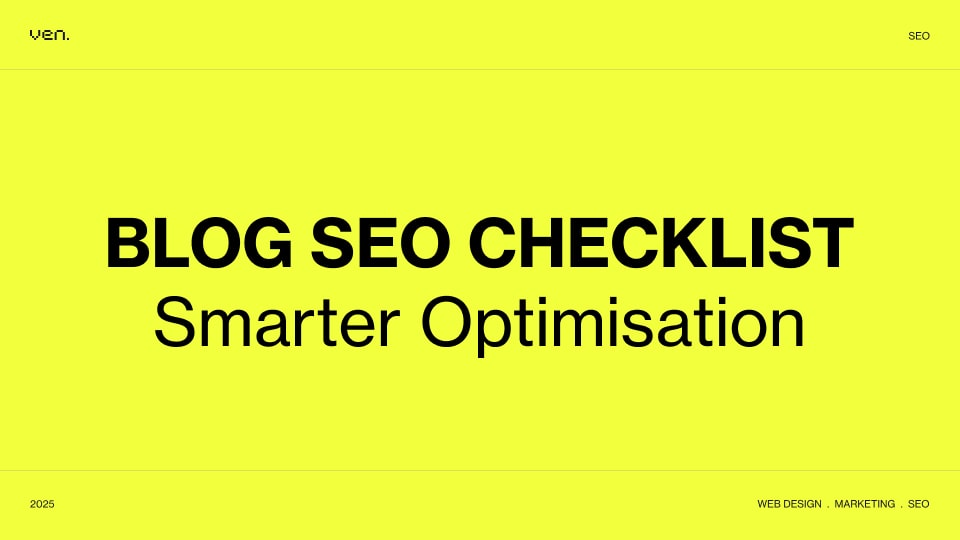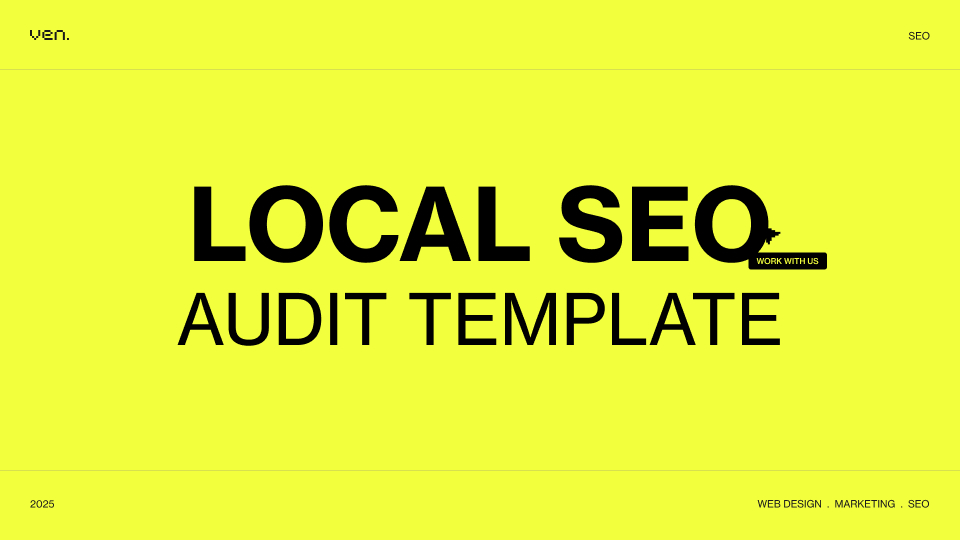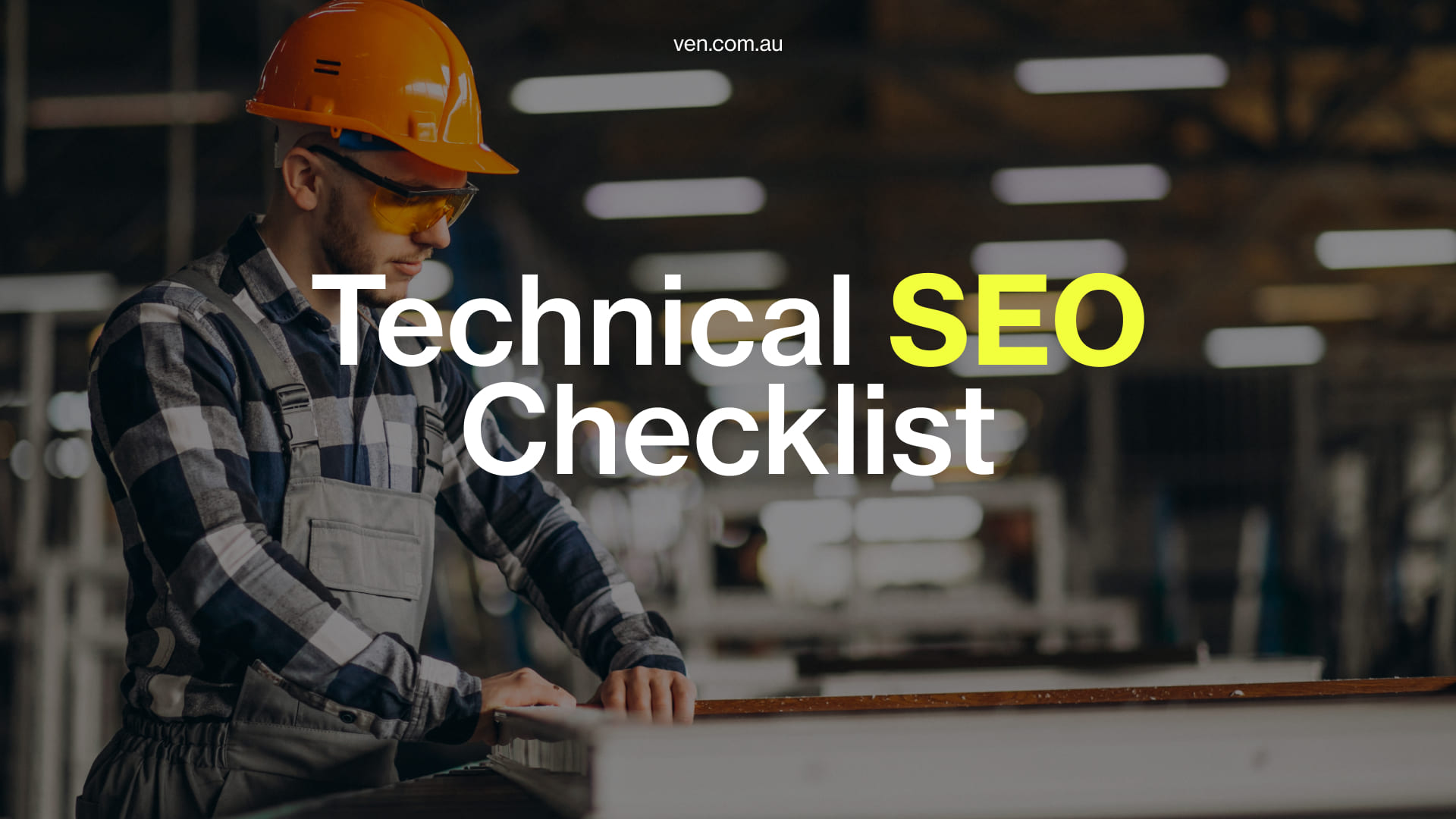In today’s digital age, having a website is no longer a luxury—it’s a necessity for small businesses. Did you know that website design alone determines 94% of a user’s first impression? Or that 58% of website traffic comes from mobile devices? If these stats don’t make you sit up and take notice, I don’t know what will!
Hey there, small business owner! If you’re reading this, chances are you’re looking to establish or improve your online presence. Well, you’ve come to the right place. We’re about to embark on a journey through the wild and wonderful world of website creation. So, buckle up and let’s get started!
Table of Contents
What Do You Need To Prepare Before Building A Website?
Before we dive into the nitty-gritty of website building, let’s take a moment to prepare. Think of it as packing for a road trip—you wouldn’t just hop in the car without a map and snacks, would you?
Determine Your Business Needs and Goals
First things first, ask yourself: “What do I want my website to achieve?” Are you looking to sell products online? Showcase your portfolio? Or maybe you just want a digital business card. Whatever it is, having a clear goal will guide your entire website creation process. For example, if you’re a local bakery, your goal might be to showcase your delicious creations and allow customers to place orders online. On the other hand, if you’re a freelance graphic designer, your website might focus on displaying your portfolio and attracting potential clients.
Plan Your Web Structure
Now, let’s sketch out the blueprint of your website. Think about the pages you’ll need:
- Homepage: Your digital front door
- About Us: Where you tell your story
- Contact: How customers can reach you
- Product/Service Pages: What you’re offering
- Content Hub: Blog posts, articles, resources
Remember, a well-structured website is like a well-organised store—it makes it easy for customers to find what they’re looking for. Consider the user journey: how will visitors navigate from one page to another? What information do they need, and in what order?
Gather Your Content
Before you start building, collect all the content you’ll need. This includes:
- High-quality images of your products or services
- Well-written descriptions
- Your company’s story for the About Us page
- Contact information
- Any legal information (privacy policy, terms of service, etc.)
Having all this ready will make the building process much smoother. It’s like having all your ingredients prepped before you start cooking!

A Step-By-Step Guide To Building and Launching a New Website
Alright, now we’re getting to the good stuff. Here’s your step-by-step guide on how to build a website. Think of it as your recipe for digital success!
Step 1: Choose A Platform/CMS that Suits Your Business Goals and Requirements
Picking a platform is like choosing a car—you want something that fits your needs and is easy to drive. Popular options include WordPress, Shopify, and Wix. Each has its pros and cons, so do your homework!
WordPress is incredibly powerful and highly scalable, allowing your website to grow and evolve alongside your business, but it can have a steeper learning curve. Shopify is excellent for e-commerce but can be pricier in the long run. Wix offers drag-and-drop simplicity but may have limitations for more complex sites.
Consider factors like:
- Ease of use
- Customisation options
- E-commerce capabilities (if needed)
- Scalability
- Cost
Step 2: Pick A Domain Name And Hosting Provider
Your domain name is your digital address. Make it memorable and relevant to your business. As for hosting, think of it as renting space on the internet. Look for reliable providers with good customer support.
When choosing a domain name:
- Keep it short and simple
- Make it easy to spell and pronounce
- Avoid special characters if possible
- Consider including keywords relevant to your business
For hosting, compare providers based on:
- Uptime guarantees
- Customer support
- Storage and bandwidth limits
- Security features
- Scalability options
- Content delivery network (CDN) support
Step 3: Select A Design
This is where you get to play interior decorator for your website. While choosing a theme can be a quick and cost-effective option, it often comes with limitations in terms of flexibility and uniqueness. Pre-made templates might not fully capture your brand’s essence or meet specific functionality needs. Working with a Web UX/UI designer, however, allows you to create a custom design that perfectly aligns with your brand and resonates with your target audience. Whichever route you decide to go with, consider these factors:
- Mobile responsiveness: It should look and function beautifully on all devices.
- Conversion rate optimisation: Incorporate design elements that encourage user engagement and drive conversions.
- User-friendliness: Ensure intuitive navigation and a seamless user experience to keep visitors on your site.
- Compatibility with your chosen platform: Make sure the design integrates smoothly with your website’s platform.
- Alignment with your brand identity: Ensure the design reflects your brand’s personality and values consistently
Step 4: Build Main Pages And Content Hub
Time to fill your website with content. Think of each page as a room in your digital home. Your homepage is the living room, welcoming visitors. Your about page is the family photo album. And your content hub? That’s your library, full of valuable information for your visitors.
When creating your pages:
- Use clear, concise language
- Break up text with headings, subheadings, and bullet points
- Include relevant images or videos
- Ensure each page has a clear purpose and call-to-action
For your content hub, consider topics that your audience would find valuable. If you’re a fitness trainer, you might write about workout tips, nutrition advice, or success stories from clients.
Step 5: incorporate E-commerce Function if Relevant
If you’re selling products online, you’ll need to set up an e-commerce function. It’s like adding a cash register to your digital store.
Key elements of e-commerce functionality include:
- Product pages with detailed descriptions and high-quality images
- Shopping cart and secure checkout process
- Multiple payment options
- Order tracking
- Customer account creation
- Product reviews and testimonials
Remember to make the purchasing process as smooth as possible. The easier it is to buy from you, the more likely customers are to complete their purchases!
Step 6: Integrating With Existing Software
Connect your website with other tools you use, like email marketing platforms or social media channels. It’s like ensuring all your appliances work together in your home.
Common integrations include:
- Email marketing tools (like Mailchimp or Klaviyo)
- Social media platforms
- Customer Relationship Management (CRM) systems
- Analytics tools (like Google Analytics)
- Appointment scheduling software
These integrations can help streamline your operations and provide a better experience for your customers.
Step 7: Optimise Website For Search Engines
SEO is like leaving a trail of breadcrumbs for search engines to find your website. Use relevant keywords, create quality content, and ensure your site is mobile-friendly.
Key SEO practices include:
- Researching and using relevant keywords
- Creating high-quality, original content
- Optimising meta titles and descriptions
- Using header tags (H1, H2, etc.) correctly
- Ensuring fast loading speeds
- Developing an SEO content hub
Remember, SEO is a long-term game. Don’t expect to see results overnight, but consistent effort will pay off in the long run.
Step 8: Testing And Publish Your Website
Before you open your digital doors, test everything! Click every button, fill out every form, and view your site on different devices.
Key areas to test include:
- Functionality of all links and buttons
- Form submissions
- Mobile responsiveness
- Loading speed
- Checkout process (for e-commerce sites)
- Compatibility across different browsers
Common Challenges Small Business Owners Face When Building A Website
Building a website isn’t always smooth sailing. Here are some common challenges you might face:
- Limited Technical Skills: Not everyone is a tech wizard, and that’s okay! The good news is that many modern website builders are designed with non-technical users in mind. However, you might still encounter moments where you wish you knew a bit of coding or had a better understanding of web design principles.
- Design and User Experience: Creating a visually appealing and user-friendly site can be tricky. It’s not just about making things look pretty—you need to consider user flow, intuitive navigation, and how to guide visitors towards your desired actions by optimising the design for conversion.
- Security Concerns: The internet can be a scary place. Ensuring your site is secure is crucial, especially if you’re handling sensitive customer information or processing payments. This might involve setting up SSL certificates, implementing secure payment gateways, and regularly updating your software.
- Integration with Other Systems: Getting all your digital tools to play nice together can be a headache. You might find yourself struggling to connect your e-commerce platform with your inventory management system, or your email marketing tool with your customer database.
- Content Creation: Consistently producing high-quality, engaging content can be time-consuming and challenging. Whether it’s product descriptions, blog posts, or about us pages, writing compelling copy that resonates with your audience is a skill in itself.
- Keeping Up with Technology: The digital world moves fast. What’s cutting-edge today might be outdated tomorrow. Staying on top of the latest web design trends, SEO best practices, and technological advancements can feel like a full-time job in itself.
- Budget Constraints: Building and maintaining a website can be expensive, especially for small businesses with limited resources. Balancing the need for a professional-looking site with budget limitations can be a tricky tightrope to walk.
But don’t worry, these challenges aren’t insurmountable. In fact, they’re where partnering with a web design agency can really shine!
Partnering with A Web Design Agency For Your Small Business
Here at Ven Agency, we’re like your trusty sidekick in web design. We can help you overcome these challenges and create a website that truly represents your business.
Our team of experts can provide:
- Custom designs that capture your brand’s unique personality
- SEO optimisation to help you climb those search engine rankings
- Mobile-friendly designs because, remember, 58% of web traffic comes from mobile devices!
- Integration services to ensure all your digital tools work seamlessly together
- Content creation services to keep your site fresh and engaging
- Ongoing maintenance and updates to keep your site secure and up-to-date
Plus, we speak both “tech” and “human,” so we can translate all that complex jargon into language you’ll understand.
Working with a web design agency like Ven offers several benefits:
- Comprehensive expertise: Our team combines design, development, and SEO skills to create a website that not only looks great but also performs exceptionally. We understand how all the pieces fit together to drive conversions.
- Time-saving: We manage all technical aspects of your website, from front-end design to back-end development and optimisation, allowing you to focus on your core business operations.
- Cutting-edge knowledge: Our experts stay current with the latest web design trends, development frameworks, and SEO algorithms to ensure your site remains competitive and effective.
- Tailored solutions: We craft unique designs and custom functionality that align perfectly with your brand identity and specific business requirements.
- Ongoing support and optimization: Our relationship extends beyond launch. We provide continuous updates, maintenance, and performance optimization to keep your site running smoothly and improving over time.
- Scalability and future-proofing: As your business evolves, we adapt your website accordingly, ensuring it can handle increased traffic and expanded functionality.
- SEO-driven design: We integrate SEO best practices from the ground up, optimizing your site’s structure, content, and technical elements to improve visibility in search results.
- Performance optimisation: Our developers fine-tune your website for speed and responsiveness, crucial factors in user experience and search engine rankings.
- Conversion-focused approach: By combining design aesthetics with user experience principles and data-driven insights, we create websites strategically crafted to convert visitors into customers.
- Holistic strategy: Our team’s diverse skill set allows us to approach your web presence holistically, ensuring all elements work together seamlessly to achieve your business goals
Conclusion
Building a website for your small business in 2024 might seem daunting, but with the right approach (and maybe a little help), it’s totally achievable. Remember, a professional website is an investment in your business’s future. It’s your 24/7 salesperson, your digital storefront, and often the first impression potential customers will have of your business.
In today’s digital-first world, your website is often the first point of contact between your business and potential customers. It’s your chance to make a great first impression, showcase your products or services, and start building relationships with your audience.
But a website is more than just a digital brochure. It’s a powerful tool that can help you:
- Reach a wider audience
- Build credibility and trust
- Provide valuable information to your customers
- Generate leads and sales
- Compete with larger businesses on a more level playing field
As we’ve seen, building a website involves many steps, from planning and design to content creation and ongoing maintenance. While it’s possible to do it all yourself, partnering with a professional web design agency can help ensure you end up with a site that not only looks great but also performs well and helps you achieve your business goals.
So, are you ready to take your small business to the digital frontier? If you need a guiding hand, we at Ven Agency are always here to help. After all, in the words of a wise person (okay, it was me), “A journey through cyberspace is best taken with a knowledgeable guide.”
Remember, your website is an extension of your business in the digital world. It should reflect your brand, speak to your target audience, and help you achieve your business objectives. With careful planning, the right tools, and perhaps a little expert help, you can create a website that does all this and more.





